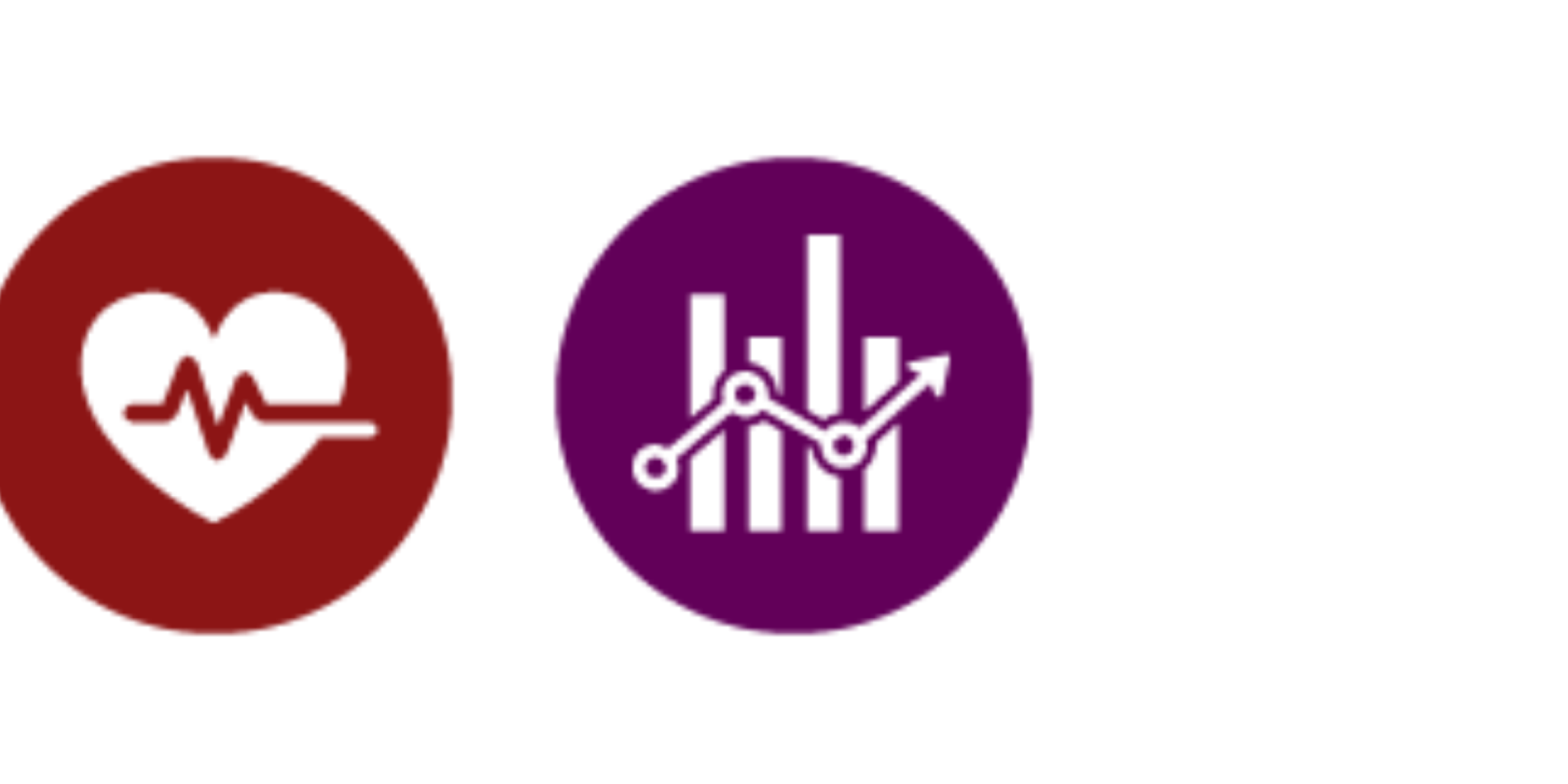Q&A with economics PhD candidate Cauê Dobbin

Cauê Dobbin is a PhD candidate in economics at Stanford, whose recent research focuses on the economics of education, particularly Brazil’s higher education sector.
Dobbin received research funding from the King Center on Global Development in 2017 for his research “Returns to Tertiary Education: Evidence From an Unintended Experiment in Brazil” and in 2020 for work on “Financial Aid, and the Supply and Demand of Higher Education.”
Prior to coming to Stanford Dobbin received his master’s degree from the Pontifical Catholic University of Rio de Janeiro, and bachelor’s degree from the University of Brasilia.
Can you describe your recent work in Brazil that was supported by the King Center?

Governments use student loans to promote access to higher education worldwide. In Brazil, all public institutions are free, whereas the private ones charge tuition. Therefore, student loans are available only to students attending private institutions. The net increase in access to private higher education from offering student loans can be substantially smaller than the number of beneficiaries, for at least two reasons. First, some of the beneficiaries would otherwise pay out-of-pocket. Second, institutions may raise tuition or reduce student aid.
In my dissertation, I investigate the equilibrium effects of government-funded student loans and use my findings to propose an efficient allocation of these loans. I exploit a drastic contraction in the Brazilian student loan program to show that institutions responded to the contraction by reducing tuition and offering additional scholarships. Our results suggest that 65% of loan beneficiaries would enroll in the same degree in the absence of federal loans. I then develop a model of the supply and demand for higher education, which I estimate by leveraging natural experiments created by discontinuities in the rule that allocates government loans. Using this framework, I show how governments can allocate loans to promote access at a lower fiscal cost.
How does Brazil’s higher education student loan program(s) function and how do they differ from U.S. student loan programs?
In 1999, the Brazilian federal government combined several smaller student aid initiatives into a program named FIES. This program provides subsidized loans to low-income students enrolled in private higher education institutions (HEIs) that cover up to 100% of their tuition costs. Until 2009, the program remained relatively small. In 2010, FIES was restructured, and both the need-based and the merit-based eligibility conditions were extraordinarily generous, with the vast majority of students eligible. Consequently, the number of new student loan contracts skyrocketed, from less than 20,000 in 2009 to more than 700,000 in 2014.
In 2015, due to budget limitations, the program was once again restructured, but this time to limit access. Most importantly, eligibility conditions became much stricter, both for students and for institutions. On the student side, the new regulations established a maximum per capita family income of 2.5 times minimum wage and a minimum score of 400 points on the ENEM (a centralized high-school exit exam). On the institution side, the regulation imposed a cap on the number of students receiving FIES in each degree. This cap follows a deterministic rule based on the degree's quality, field of study, and location. Loans are distributed to students through a centralized system similar to a deferred acceptance mechanism. As a result, the number of new loan contracts plummeted, reaching around 100,000 in 2017, a 7-fold drop from 2014.
The Brazilian and the American student loan programs are similar in many ways, but they are a few differences. Most importantly, the Brazilian program is much more restricted. Apart from the 2010-2014 period, the demand for financial aid is much greater than the number of loans available. Therefore, only high-performing students have access.
What did you and your coauthors uncover and how might your results influence public policy or student loan programs at higher education institutions?
The demand for higher student aid in Brazil is much greater than the number of loans available. Hence, it is essential to allocate this scarce resource most efficiently. This is challenging because there are several factors to consider. First, some students would be able to attend college even without financial aid, so the policy will be most effective if it targets those who would not. Second, institutions might undermine the policy's effectiveness by raising their tuitions and reducing other forms of support. We hope our research will provide a reliable framework for weighting in all these factors and help the government better run the program.
Do you hope your findings will inform the design of programs outside of Brazil and across Latin America?
Most definitely. Student loan programs across the world have many similar features, so our findings will be informative for anyone interested in designing a more effective student aid policy, in particular in Latin America. The Brazilian case provides an instrumental case study because of the high-quality data available and the interesting policy change in 2015.
What challenges did you encounter when working on this research and how did research funding from the King Center help in addressing them?
The main challenge was access to data. There are two significant issues. First, even though the Brazilian educational information is very high-quality, we can only access it in a secure data access room in Brazil. Our time analyzing the data onsite is minimal, so we do not have much opportunity to explore the data. We must be very precise about what we are looking for. Second, the administrative datasets do not include tuition, which is a central part of our project. To fill that gap, we had to make partnerships with several private sector companies that survey the Brazilian higher education market.
Funding from the King Center was essential to overcome these two challenges. First, the King Center funded most of my trips to Brazil to visit the research room. Second, one of the consulting companies that provided me with data on tuition costs charge a substantial fee for the data, which I could only afford thanks to the center's support.
What other research are you working on at the moment?
I am working on another project on the Brazilian higher education market, but focused on the public sector, particularly our affirmative action program.
Specifically, we examine the effects of a law passed in Brazil in 2013 mandating all federal public universities increase the number of seats reserved for disadvantaged students to half of the total number of incoming students. Our research design exploits admission cutoffs for heavily over-subscribed degrees to estimate the policy effects on the marginally benefited and marginally displaced student. Using an instrumental variable approach, we leverage random variation in university entrance exam scores to evaluate the implications for individuals away from the discontinuities. We hope findings from this study will help to inform affirmative action policies across the world.

